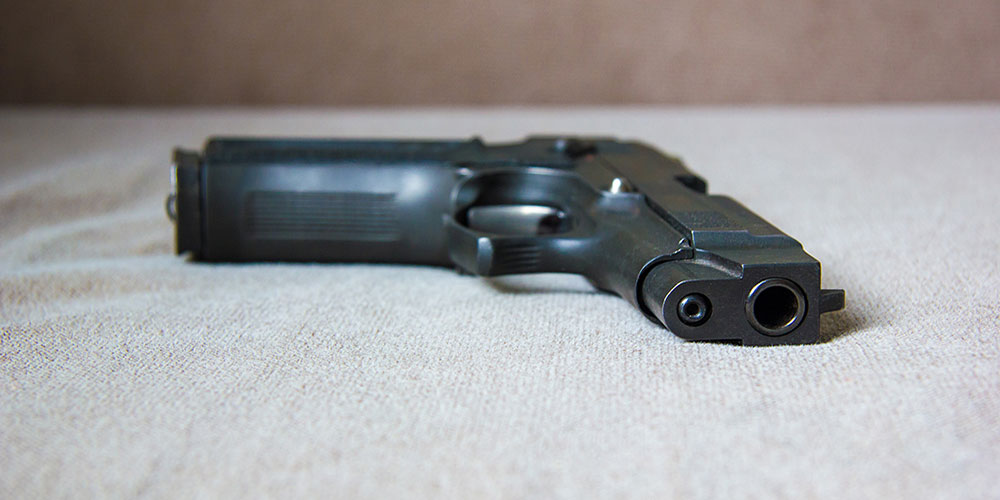More than half of unintentional firearm injury deaths among children and adolescents occurred at home, and the firearms were often stored both loaded and unlocked, according to a new report from the Centers for Disease Control and Prevention (CDC).
In the United States, unintentional injury is the fourth leading cause of death among infants and the top cause of death among children ages 1-18, with firearms being a leading injury method, the report says.
Data recorded from 2003 to 2021 by the National Violent Death Reporting System (NVDRS) identified 1,262 unintentional firearm injury deaths among children aged 0–17 years. The largest percentage of these deaths were among children aged 11–15 years at 33%, followed by 29% among those aged 0–5 years, 24% among those aged 16–17 years, and 14% among those aged 6–10 years.
Overall, the report shows firearms used in unintentional injury deaths were often stored loaded (73.8%) and unlocked (76.2%). Among firearms that were stored unlocked and for which loaded status was unknown, 90.6% were stored unloaded. When stored unlocked, the most common places from which the firearm was accessed were inside or on top of a nightstand, under a mattress or bed pillow, or on top of a bed (30%), on top of a shelf or inside a closet (18.6%), and inside a vehicle (12.5%).
In 2021, an estimated 30 million children lived in homes with firearms, including 4.6 million in households that reported storing firearms loaded and unlocked, the CDC says.
“Unintentional firearm injury deaths are preventable,” the authors’ urge. “Securing firearms (e.g., locked, unloaded, and separate from ammunition) is protective against unintentional firearm injury deaths among children and adolescents, underscoring the importance of promoting secure firearm storage.”
Most Common Locations, Circumstances, and Shooter Characteristics
Approximately 85% of the victims were killed in a house or apartment, including 56% in their own homes. The report also found that 84% of unintentional firearm deaths occurred among boys. A majority of the victims were non-Hispanic White (42.2%), non-Hispanic Black or African American (39.9%), and Hispanic or Latino (10.7%). Handguns accounted for 74% of firearms used.
The report says the most common precipitating circumstances were the shooter playing with or showing the firearm to another person (66.6%), unintentionally pulling the trigger (21.3%), thinking the firearm was unloaded, the safety was engaged, or the magazine was disengaged (20.5%), and mistaking the firearm for a toy (10.6%). The latter was most common among children aged 0-5.
Around 37.8% of fatal unintentional firearm injuries among children were self-inflicted while 53% were inflicted by another person. In around 34% of all incidents, another child or children were present or witnessed the shooting, and 44.6% of firearms inflicting the fatal injury belonged to a parent of the shooter.
Among fatal unintentional firearm injuries inflicted by another, in the cases for which the sex and age of the shooter were known, 93.9% of shooters were male and 75.2% were aged 2-17. When the shooter’s relationship to the child victim was known, 41.7% of victims were shot by a friend or acquaintance, 31.8% were shot by a sibling, 11.8% were shot by another relative, and 7.3% were shot by a parent.













